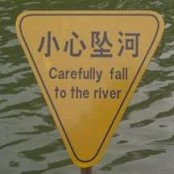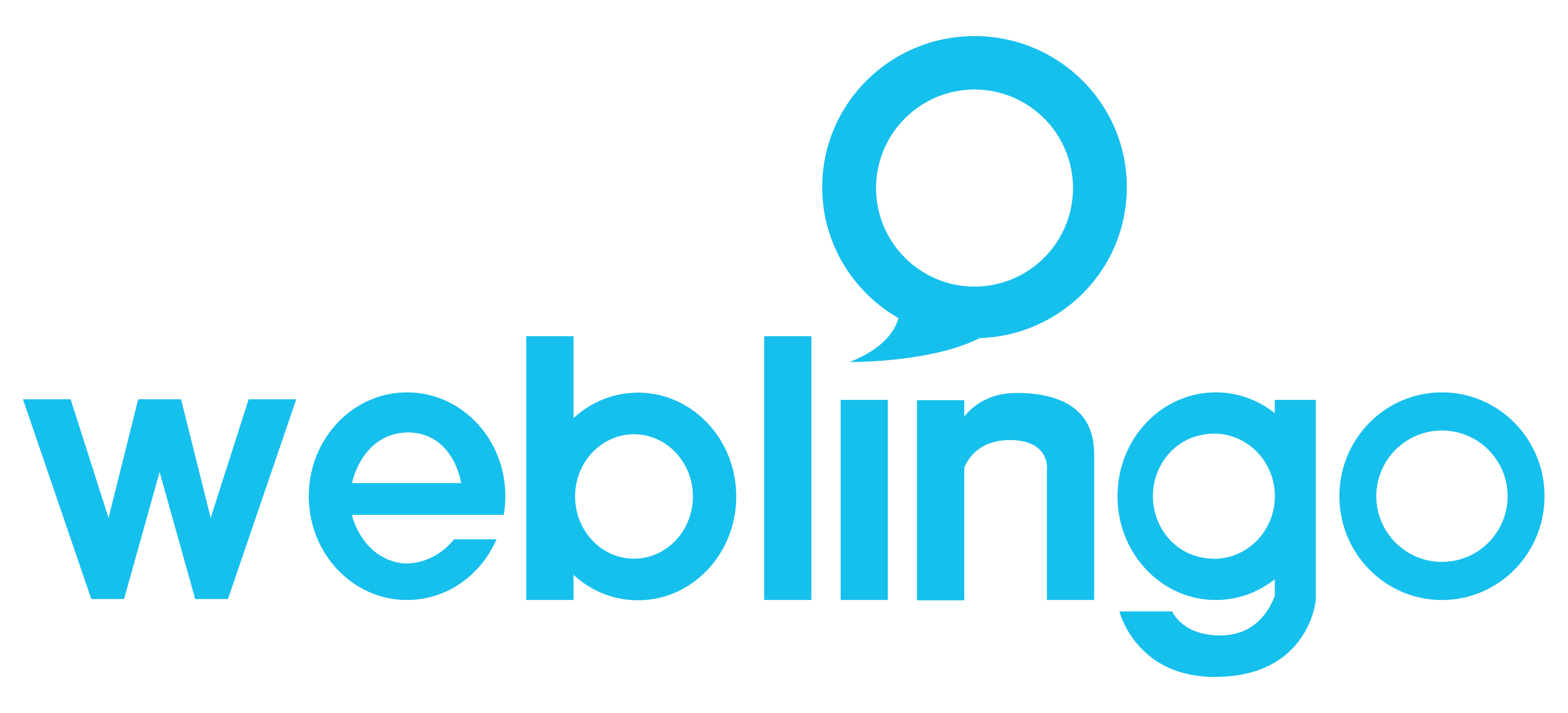Mother-tongue translator
Ensure your tr anslator is translating into their mother-tongue. If you require an English document translated into French, your translator should be a native French speaker.
anslator is translating into their mother-tongue. If you require an English document translated into French, your translator should be a native French speaker.
In-country linguist
Over-and-above being a native speaker of the respective locale, your linguist should also be based in that locale. This will ensure your terminology’s up-to-date and grammar and tone relevant to current trends. The linguist will also be speaking the language on a daily basis, invaluable when questioning quality.
Glossary
A list of common/prevalent terms complete with suggested translations, should be approved before the project begins. This helps speed up turnaround time and avoids any ‘speed bumps’ mid-project.
Proofreading
Getting your translations proofread by an independent linguist helps to eliminate oversights and grammatical errors, and offers suggestions to improve the prose.
Even professionals sometimes make mistakes. So will you. For large projects or any publicly distributed content, we suggest proofreading. Two heads are better than one. Four eyes are better than two.
Back-translation
Having translations translated back to their original source by an independent linguist, ensures the correct message has been conveyed and carried through in the final translation.
We regard a good translation as a translation that is true to original. While some synonyms may vary without an approved glossary, the core message should be as true to the original source document as possible.
Barring a few exceptions, the glossary eliminates any misunderstandings with synonyms, as they usually denote context for the translations.
